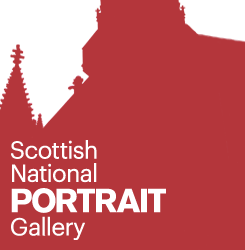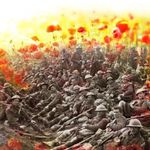 Many Scottish organisations at national and local level are planning to run exhibitions as part of their commemoration activity. These exhibitions and associated events such as public lectures will focus on particular aspects of World War One and increase public understanding of the conflict and its impacts. Such exhibitions will form very useful assets for learning about WW1, and some will be accompanied by new educational activities and workshops designed to enhance the learning of pupils and/or adults. Details of forthcoming exhibitions are now becoming public, as organisers announce their programmes for the years ahead. We will use this blog to publicise exhibitions and encourage teachers and students to engage with the material on offer. Now, two examples:
Many Scottish organisations at national and local level are planning to run exhibitions as part of their commemoration activity. These exhibitions and associated events such as public lectures will focus on particular aspects of World War One and increase public understanding of the conflict and its impacts. Such exhibitions will form very useful assets for learning about WW1, and some will be accompanied by new educational activities and workshops designed to enhance the learning of pupils and/or adults. Details of forthcoming exhibitions are now becoming public, as organisers announce their programmes for the years ahead. We will use this blog to publicise exhibitions and encourage teachers and students to engage with the material on offer. Now, two examples:
At the Scottish National Portrait Gallery an exhibition titled ‘Remembering the Great War’ will display paintings, photographs, sculpture and media relating to Scots who played some kind of role in the War in service or at home. These individuals will include Field Marshal Sir Douglas Haig, Elsie Inglis, James Maxton, and Harry Lauder. The work of Scottish artists will also form a key part of the assets on show.
The National Museums of Scotland have published their programme for the First World War Centenary, with two major shows opening this year. At the National War Museum in Edinburgh Castle, the ‘Next of Kin’ exhibition will focus on family life and personal loss. The National Museum of Scotland in Edinburgh will feature an exhibition titled ‘Common Cause: Commonwealth Scots and the Great War’, which will explore the contribution made by the Scottish diaspora and the impacts in Commonwealth nations such as Canada and Australia.

